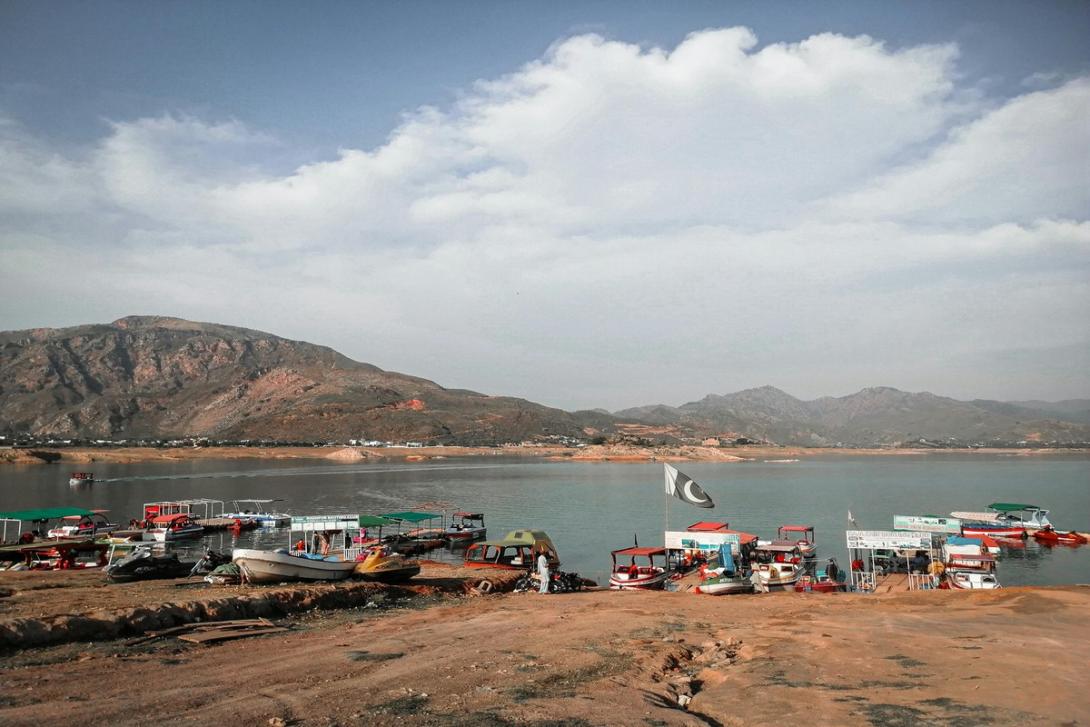
Since 1997, students in Bangladesh have been agitating and staging demonstrations against the existing quota system in public sector jobs and educational institutions. The widespread demonstrations in 2018, fueled by demands for a merit-based system, sparked clashes and disruptions in educational activities. Due to the massive demand by the protesters, Bangladesh Prime Minister Sheikh Hasina announced the abolition of the quota system for government jobs on April 11, 2018. Recently, the Awami League tried to bring back the quota system by exploiting legal loopholes and the courts. In response, students from public universities started protesting. The government attempted to suppress them through the Chhatra League (the student wing of the pro-government party Awami League). However, the spark buried in the sand emerged again, and the number of demonstrations increased. Peaceful protests turned violent when the ruling elite tried to suppress them through police action and ruling party youth violently dispersed the crowds. These clashes resulted in at least 200 deaths and thousands of injuries.
The widespread clashes prompted outrage on campuses, as students were already grappling with an economic downturn and high youth unemployment, with thousands of civil service appointments being made through patronage rather than merit.
“This has become a mass movement against a dictator,” said Hasan, who gave only his middle name to protect his identity. “The prime minister has been ruling for 15 years and has spent so much time strengthening her grip over state mechanisms that she thinks she has become invincible. She has become a dictator.”
Student leader Arif Rahman, who played a crucial role in organizing the protests, echoed Hasan’s sentiments. “The system is broken, and it’s time for real change,” Rahman declared. “We won’t stop until justice is served and the people’s voices are heard.”
Students against discrimination and the student organization Bangladesh Islami Chhattrashibir, responsible for organizing earlier protests, issued an ultimatum demanding Hasina's resignation.
“She must resign and she must face trial,” Nahid Islam, the group’s leader, told a crowd of protesters at a monument to national heroes in the capital city of Dhaka.
On August 5, the crowd rushed into the prime minister's residence despite the blockade and tight security. In view of the escalating situation, Hasina chose to escape in a military helicopter, submitted her resignation to the President, and fled to India. Crowds surged into the empty prime minister's residence, rejoicing in the victory of the “citizen's revolution” and marking a sudden end to Hasina's 15-year reign as the world’s longest-serving female head of government.
The students were the vanguard of this movement. With civil rightsas its motto, the hundredsof deaths and injuries fueled the movement’s success.
In the words of one of the demonstrating students, “This is not just a protest; it's a movement for a better future. The unity among students from all backgrounds shows that change is possible when we stand together.”


